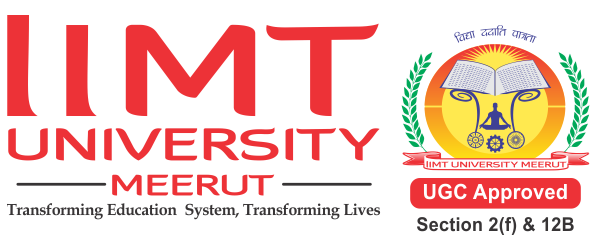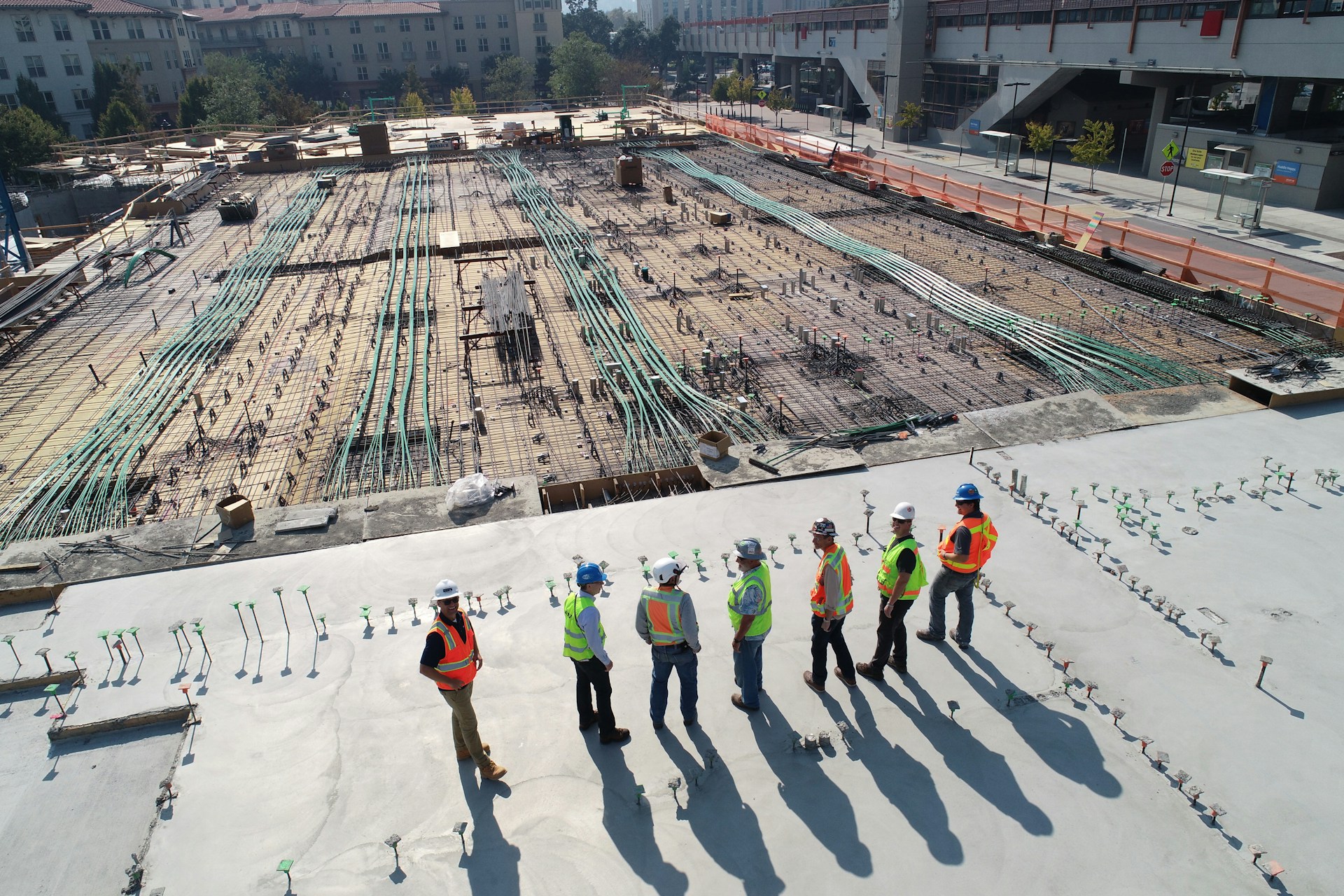Highway construction is entering a new era of innovation, and one groundbreaking technology at the forefront of this transformation is 3D printing. This revolutionary approach to construction is not just limited to buildings; it’s now making waves in the creation of roads and highways. In this blog, we delve into the exciting world of 3D printing in highway construction, exploring its potential, current applications, and the crucial role played by IIMT University in providing a platform for students to contribute to this cutting-edge field.
Traditional methods of road construction involve assembling layers of materials to create a stable and durable surface. In contrast, 3D printing introduces a layer-by-layer approach, depositing material precisely where it’s needed. This not only reduces material waste but also allows for intricate designs that enhance the road’s performance. IIMT University has long been a hub for technological innovation, fostering an environment where students are encouraged to push the boundaries of what is possible. Recognizing the potential of 3D printing in highway construction, the university has invested in state-of-the-art facilities and research programs dedicated to exploring this cutting-edge technology.
Highlighting the practical applications of 3D printing in highway construction is crucial to understanding its potential impact. Some of the areas where this technology is making strides include:
- Rapid Construction: 3D printing enables the rapid construction of roads, reducing project timelines significantly. This speed not only minimizes disruptions to the existing transportation network but also offers cost savings.
- Customizable Designs: The layer-by-layer nature of 3D printing allows for the creation of highly customizable designs. This flexibility opens up possibilities for optimizing road structures to accommodate specific geographic and traffic requirements.
- Reduced environmental impact: Traditional construction methods often generate substantial waste. 3D printing, with its precision and efficiency, minimizes material wastage, contributing to more sustainable construction practices.
Through collaborative projects involving the engineering and technology departments, students have actively engaged in the following:
- Material development: Research teams at IIMT University are working on developing specialized materials tailored for 3D printing in highway construction. These materials must meet stringent durability and safety standards, and students are at the forefront of these explorations.
- Construction automation: Another area of focus is the development of automated 3D printing systems for highway construction. Students are actively involved in programming and refining these systems, ensuring they are efficient, precise, and adaptable to various project requirements.
- Structural integrity testing: Ensuring the structural integrity of 3D printed highways is paramount. The University’s engineering labs are equipped with advanced testing facilities, allowing students to assess the durability and performance of road sections under different conditions.
While the potential benefits of 3D printing in highway construction are vast, challenges still exist. These include regulatory hurdles, scalability issues, and the need for standardized practices. The IIMT University is actively addressing these challenges through multidisciplinary research initiatives, engaging students in finding innovative solutions. The university’s commitment to nurturing the next generation of innovators ensures that students are not just learning about these technologies but actively shaping their evolution. The fusion of 3D printing and highway construction is not just a theoretical concept; it is a tangible reality that is reshaping the way we build our infrastructure. IIMT University’s dedication to pushing the boundaries of technology and involving students in this journey exemplifies the spirit of innovation that will define the roads of the future.
The world of construction and engineering is witnessing a paradigm shift, and at the forefront of this transformation is 3D printing technology. Traditionally confined to manufacturing and prototyping, 3D printing has broken new ground in the construction industry, promising to reshape the way we build our infrastructure. In this blog post, we delve into the fascinating realm of 3D printing in highway construction, delving into its potential to revolutionize road-building processes, enhance efficiency, and usher in a new era of sustainable and innovative transportation networks. Although the concept of 3D printing in construction might seem like science fiction, it has rapidly evolved from a theoretical idea to a practical application. In highway construction, 3D printing involves using specialized printers to layer construction materials in a precise and controlled manner, creating complex structures with remarkable speed and accuracy. The technique holds the promise of addressing traditional construction challenges, offering solutions for cost-effectiveness, sustainability, and design flexibility.
- Advantages of 3D Printing in Highway Construction:
- One of the primary advantages of 3D printing in highway construction is the potential for significantly reducing construction time. Traditional methods often require extensive labor and time, leading to prolonged inconveniences for commuters. With 3D printing, the process is streamlined, allowing for faster project completion without compromising quality.
- Moreover, 3D printing technology enables a level of precision that is challenging to achieve through conventional methods. This precision not only enhances the structural integrity of the highway but also allows for intricate designs and features, optimizing the road for safety and functionality.
- Cost-effectiveness is another significant benefit. Although the initial investment in 3D printing technology may be substantial, the long-term savings in labor, material waste, and project duration make it a financially sound choice. Moreover, using locally sourced materials in the printing process can further contribute to cost reduction and sustainability.
Numerous ambitious projects around the world have already embraced 3D printing in highway construction. A notable example is the construction of pedestrian bridges using 3D printing technology. These bridges, made from a combination of concrete and other composite materials, showcase the versatility of 3D printing in creating durable and aesthetically pleasing structures.
- Challenges and Future Outlook:
- While the potential of 3D printing in highway construction is immense, it is not without challenges. Regulatory frameworks and industry standards need to evolve to accommodate this innovative approach. Furthermore, concerns about the durability of 3D-printed structures over time and in various weather conditions must be thoroughly addressed through ongoing research and development.
- Looking ahead, the future of 3D printing in highway construction appears promising. As technology advances, we can expect greater scalability, improved materials, and more widespread adoption. Integrating artificial intelligence (AI) and robotics into 3D printing processes has the potential to enhance efficiency further and reduce human intervention.
- Conclusion:
In conclusion, 3D printing in highway construction represents a revolutionary leap forward in the way we conceptualize and build our roads. The advantages of speed, precision, and cost-effectiveness position 3D printing as a formidable contender in the construction industry. As we continue to witness successful applications and advancements in this field, it is clear that 3D printing is not just a futuristic concept but a tangible and transformative force that will shape the roads of the future. The integration of 3D printing technology in highway construction is not merely an innovation; it is a testament to one’s ability to adapt and embrace groundbreaking solutions for a more efficient, sustainable, and technologically advanced infrastructure.
Through its commitment to innovation, IIMT University is not only enhancing the educational experience but also contributing to societal progress and development. By embracing emerging technologies, fostering creativity, and encouraging a culture of continuous learning, the university is playing a vital role in preparing individuals to tackle the challenges of the future. In conclusion, the future with IIMT University’s innovations is characterized by a dynamic and forward-thinking approach to education. As the university continues to push boundaries and explore new frontiers, it is poised to make a lasting impact on education and contribute significantly to shaping a brighter and more innovative future for students, communities, and the world at large.
Author: Ms. Meghna
Assistant Professor,
Civil Engineering Department.
To learn more about 3D printing in construction, click here:

